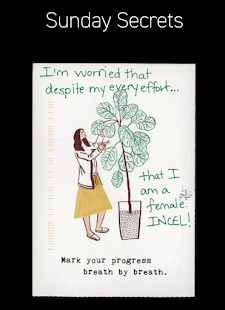Network Writing - Cam
In chapter six of Scott Rettberg's Electronic Literature, the concept of network writing was introduced. Network writing is described by Scott Rettberg as, "... electronic literature created for and published on the Internet. It may require readers to visit multiple sites to experience the narrative, it may interrogate the nature and materiality of the network itself, it may use the Internet's potential for collaboration, or use the network as a site for performance" (Rettberg 152). Due to society's quickly-evolving dependency on the internet in their day-to-day lives, network writing is a genre of electronic literature that many readers may have encountered without ever processing it as such. The Internet, as Rettberg describes it, "... is a fully multimodal medium", which ties itself into being extremely customizable for each user's personal preferences. A component of electronic literature that I had never been exposed to prior to this reading were transmedia narratives, which Christy Dena has described as, "... storytelling endeavors that plant blogs, games, and social network activity across the network in support of a narrative that crosses between all of its media manifestations" (Rettberg 153). One of the newfound pieces of knowledge I found fascinating about network writing is the number of different genres of electronic literature fall within the umbrella of network writing. Seemingly countless works in genres ranging from hypertext to combinatory poetics likely fall under network writing, due to their publication and design being curated for the Internet. Another component that is interesting to look at when examining network writing is the Mass-Observation Movement. Scott Rettberg describes the movement as proposing, "the assembly of 'an anthropology of ourselves' through the contributions of individuals from across the UK who would regularly send in detailed reports on minutiae of their ordinary lives... the Mass-Observation movement was dreamed up by artists and poets and for the most part executed in the spirit of an experimental art project" (Rettberg 157). While this movement occurred during World War II, it further comes into play in contemporary times due to the Internet's existence as a multimodal medium, which enables artists to collaborate and experiment on internet-based projects (such as Occupy MLA).
After sifting through the text for a reference for this week's Bring It To The Table discussion, I decided to look more closely at The Last Performance (2007) by Judd Morrissey. Scott Rettberg depicts this project as a database work that welcomes input from the readers, as opposed to being solely written by one stagnant author or groups of contributors (Rettberg 154). The project was created to become spaces, or lenses as Morrissey refers to them as, for participants to add their inputs using one of the four given constraints/directives for whatever the topic was. As described by Judd Morrissey on the official The Last Performance website, "The visual architecture of The Last Performance [dot org] is based on research into "double buildings," a phrase used here to describe spaces that have housed multiple historical identities... The project uses architectural forms as a contextual framework for collaborative authorship. Source texts submitted to the project become raw material for a constantly evolving textual landscape" (Morrissey 1). Unfortunately, the project itself has been deactivated, but there are provided videos of the work (which were taken by Martin Arvebro).


I like your comment about how many genres of digital lit fall under network writing. I think that networks are what makes the internet what it is today..
ReplyDelete